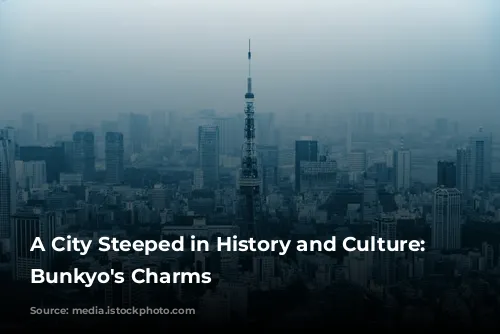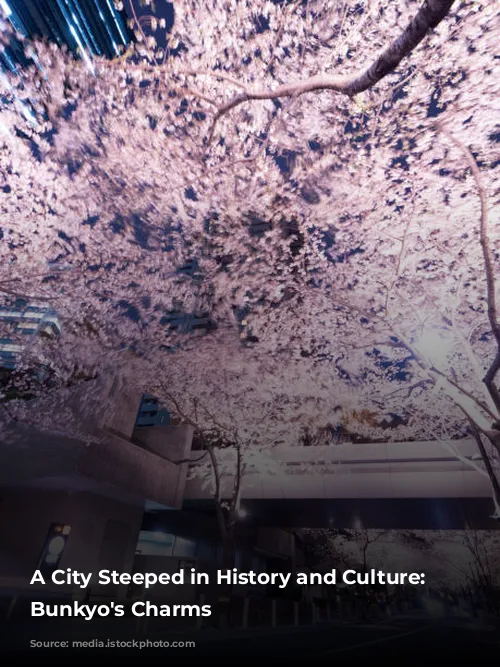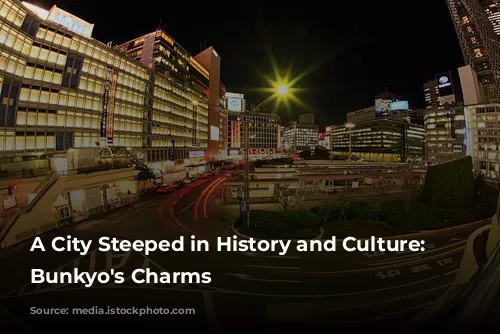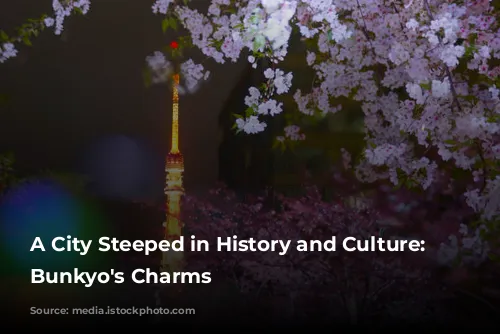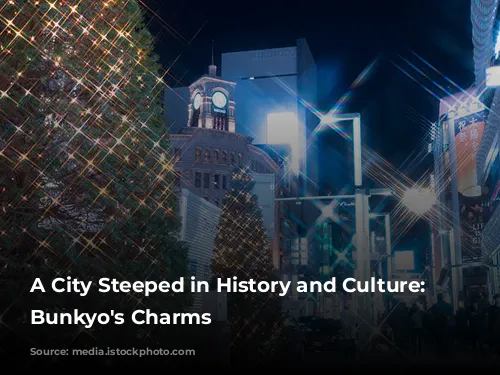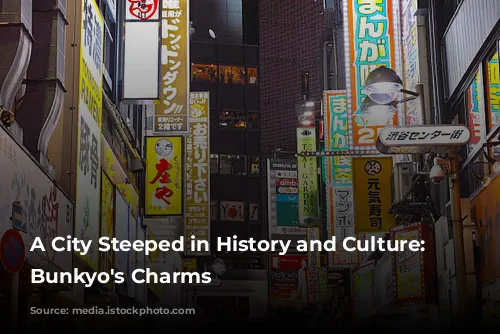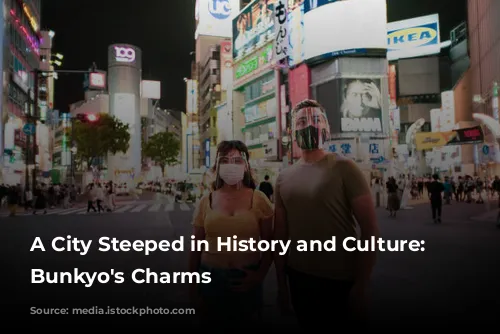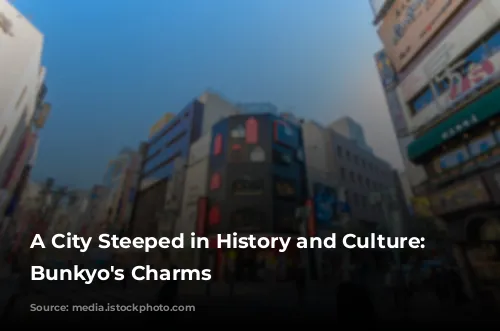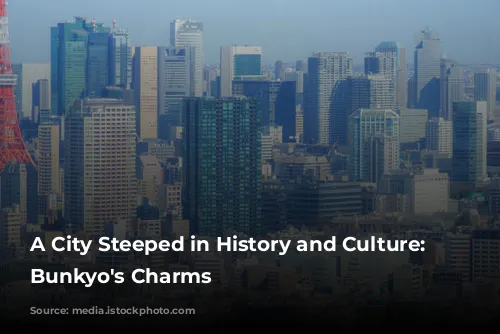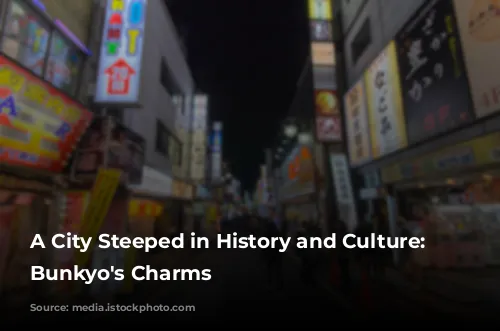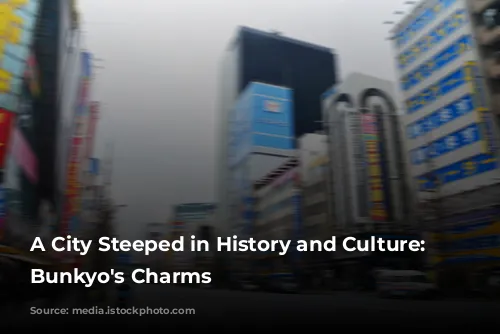Nestled just north of Tokyo’s bustling center, Bunkyo City boasts a rich tapestry of history and culture. Beyond being the home of the prestigious University of Tokyo, Bunkyo is adorned with beautifully preserved gardens, serene shrines, and majestic temples, including the renowned Nezu Shrine, Yushima Tenman-gu Shrine, Koishikawa Korakuen Gardens, and Rikugien Gardens. For art and history enthusiasts, Bunkyo offers a treasure trove of museums, from the Printing Museum to the Tokyo Waterworks Historical Museum. However, Bunkyo’s tourism crown jewel is undoubtedly Tokyo Dome City.
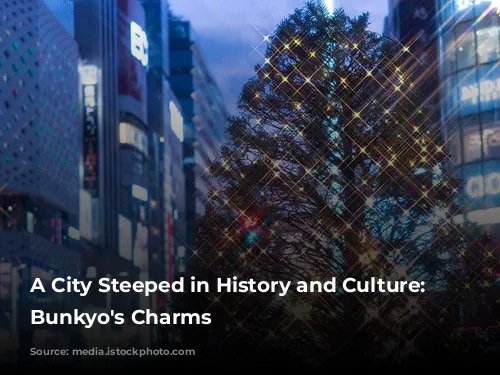
Tokyo Dome City: Where Entertainment Meets Art
Tokyo Dome City is a vibrant hub of activity, a multi-facility destination that caters to all tastes. It features the iconic Tokyo Dome, a celebrated venue for baseball games and concerts, along with Tokyo Dome City Attractions, a free-admission amusement park promising thrilling fun for everyone. LaQua, a fusion commercial facility, allows visitors to indulge in the relaxing ambiance of a natural hot spring spa, shop till their heart’s content, and savor delectable cuisine at its diverse array of restaurants. Completing this diverse entertainment landscape is the Tokyo Dome Hotel, boasting a comfortable 1,006 guest rooms. With its captivating mix of indoor and outdoor activities, Tokyo Dome City truly offers something for everyone, regardless of the weather.
Beyond its entertainment offerings, Tokyo Dome City is actively engaged in community upliftment initiatives. One of its most notable projects is the Tokyo Dome City Art Project, a collaborative effort between Tokyo Dome and the Tokyo University of the Arts. This five-year endeavor is committed to conducting art-related research, bridging the gap between art and the public, and providing opportunities for young artists to shine. Through these endeavors, the project seeks to nurture an art-centric culture, leverage the power of art to address social challenges, and generate social wealth.
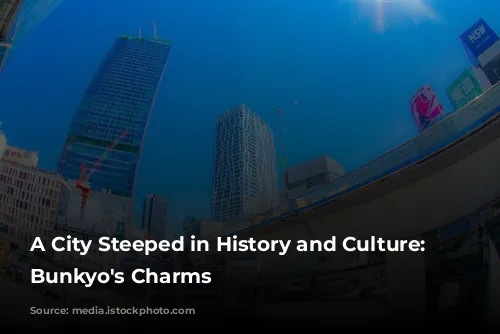
A Fusion of Creativity and Community: Tokyo Dome City Art Project
“Art typically focuses on the final product,” explains Masato Nakamura, a professor at the Tokyo University of the Arts, “but for this project, social engagement is the primary focus, making the process itself the artwork.” The project’s location in Bunkyo, a city known for its strong traditional culture and educational institutions, makes it an ideal launchpad. Additionally, Tokyo Dome City, with its massive foot traffic and ample space for art displays, serves as an optimal venue to promote artistic expression.
The Tokyo University of the Arts and Tokyo Dome City aspire for the project to serve as a model for creative communities where collaboration between society and corporations generates mutual value. The project’s initial installations are the “Radius harps” and “After a typhoon,” captivating artworks adorning the wall connecting Tokyo Dome City’s Gallery AaMo to Suidobashi Station. These creations are the brainchild of Rintaro Takahashi, a 32-year-old graduate of the Tokyo University of the Arts.
Inspired by the unique airflow created by the Tokyo Dome’s air-supported roof, Takahashi’s artwork brings the invisible forces of nature to life. The tunnel’s walls are illuminated with a series of photographs depicting the artist battling the wind with a parachute. At the tunnel’s end, visitors can enjoy a mesmerizing soundscape generated by harps played by the wind, a delicate symphony recorded by Takahashi.
“I hope people can perceive the invisible and hear sounds they’ve never heard before,” says Takahashi, who also aspires to create a tangible measure of the wind’s power. In Japan, the Tokyo Dome is often used as a unit of measurement, for example, “X building is the size of three Tokyo Domes.” However, this expression lacks precision. Before the Tokyo Dome City Art Project, the tunnel served as an ordinary passageway adorned with advertisements. Now, it serves as a space where people can challenge their visual and auditory perceptions.
“Viewers will appreciate things in a new light,” says Yasutaka Tobita of Tokyo Dome’s Operations Department. “In this diverse world, people have different ways of thinking, and it’s crucial to embrace those differences.”
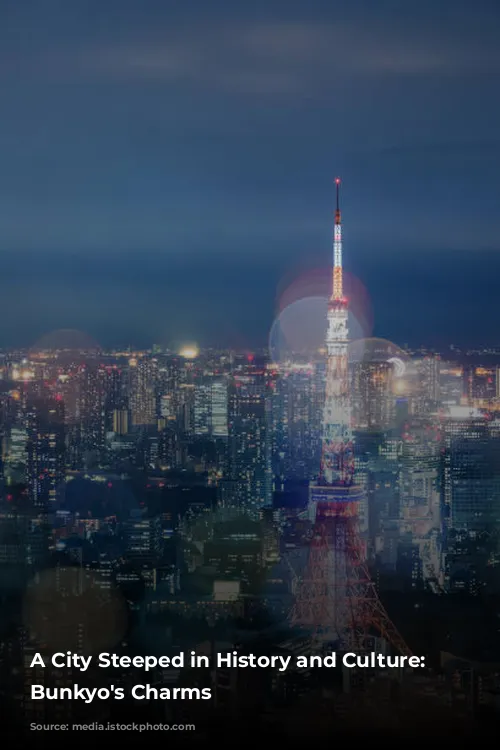
Art as a Catalyst for Change: Inspiring a Sustainable Future
At its core, art reflects the artist’s emotions and values. It often challenges long-held perceptions, makes bold statements, and inspires critical thinking. These philosophies intertwine with sustainability. Achieving a sustainable future requires intentional and meaningful changes, often disrupting established routines. Art can serve as a powerful catalyst to encourage alternative mindsets.
“It’s fascinating that visitors can gain unique insights not by visiting a museum but simply by walking through the city,” remarks Tobita. Through the Tokyo Dome City Art Project, young artists can not only express themselves and their values but also inspire visitors to think differently. After all, creativity fuels innovation, a cornerstone of sustainable change.
When asked whether younger generations have the power to influence older generations, Nakamura and Tobita firmly respond, “Yes.” “In art, the artist’s age or background is irrelevant,” Tobita explains. “What matters is how the artwork touches and inspires the viewer.” Tobita believes that the emotional power of art is a potent force for positive change.
Tourists can immerse themselves in Takahashi’s thought-provoking displays from July 2022 to July 2023 and gain a deeper understanding of Tokyo’s vibrant young art scene.
